 |
||||
|
||||
|
Privacy Policy | Editorial Policy | Profit Policy | Join the Association | List of Members | Contact us | Index | Links |
||||
|
Back Go to page: 1 2 3 4 5 6 7 8 9 10 11 12 13 14 15 16 17 18 19 20 Forward |
||||
|
Contents.
Caribou A4-173 accident at BaTo.
|
||||
|
Sick Parade. |
||||
|
A few weeks ago, John "Sambo" Sambrooks hopped into St Vincent's Hospital, Brisbane and two days later, after being constantly warned by the morality police to stop harassing the pretty nurses, skipped out of the hospital like a 10 year old girl. While he was in there, they did a D service on him and found his left main undercarriage needed replacement so he emerged with a new knee.
He reckons he's having trouble kicking a ball any more than 200 metres at the moment but he thinks in a few weeks he'll get one over the black dot from 300 metres out.
|
||||
|
|
||||
|
|
||||
|
|
||||
|
Where are they now?
|
||||
|
Philip Harriman.
Marie Zillioli is looking for Philip Harriman. Marie says: "I have been going through some old photos and found a letter from an old friend I met in Darwin in 1989. It would be great to touch base and share a few yarns. Phil was stationed in Darwin in 1989 but he was from Radio section with 486 Mntce Sqn at Richmond.
If you can help, let us know and we'll pass on the info to Marie.
Candy Diercke
Does anyone know the whereabouts of Candy Diercke, a Teleprinter Operator, who worked at Glenbrook in the early 1970s. |
||||
|
|
||||
|
Stuff. |
||||
|
|
||||
|
Bill Hancock. Warwick Reading
Who would have thought that an RAAF Apprentice Engine Fitter, who joined the RAAF in 1959, had multiple postings including 2Sqn Vietnam from Apr 1967 to Mar 1968, left the RAAF a SGT in 1979, would then rise through the artistic world to have a very serious entry into the 2020 Archibald’s? That was Bill (Shorty) Hancock of Sarina QLD.
Luckily for Bill, his father was an artist with watercolours so the genes played a vital part. The guy who got Bill interested in 'Oils' in Townsville in 1972/3 was one 'Jeff Waterson', a rad tech who lived in the married quarters behind him. Some 27 years later he supplied him with his first basic set of 72 pastels at a very reasonable 'mates-rates' price. Jeff passed away some 14 days later which makes it all rather like it was meant to be.
Bill started a series of 'Legends & Larrikins' portraits with moderate success, about 10 years back, featuring people who have made a difference in society through their own endeavours. Two of these portraits,” Fred Hollows” which now sits in the Fred Hollows Foundation and “Dick Smith” which is now in Dick Smith’s personal collection speaks volumes about Bill’s ability. Late 2019, he was convinced by a friend, to look at an artist's blog run by a lady named Anne Newman. There was an article on the blog about John Pickup, a local artist who is the lone survivor of "The Brushmen of the Bush".
For further details and the connection with Pro Hart click HERE.
A meeting was arranged with John and he asked to see some of Bills portraits after which he said he would be honoured to have his portrait painted by him, on the proviso he entered it into the Archibald prize for 2020.!!
Bill got to work and painted John but also, in the background of the portrait, is one of Johns paintings on the wall. Perfect.
At right is Bill at work followed by the finished article. With COVID this year there were many more entries than usual and, sadly, Bill did not get a look in. To see the winner and the 55 finalists for this year’s Archibald click HERE then scroll down.
|
||||
|
|
||||
|
Now compare Bill's work to the winner and the finalists. In my opinion a gross injustice has occurred.
|
||||
|
Thousands of veterans still sleeping rough.
A UNSW study, funded by the Department of Veterans' Affairs, says 5800 ex-servicemen and women were found to be sleeping rough over 12 months.
The research reiterates the findings of a slew of recent studies which have found the homelessness rate among veterans is significantly higher than among other Australians. As well as estimating the number of veterans sleeping rough, the research also examined their pathways into homelessness.
The reasons are difficult to isolate, but the risk factors are often similar to the general population, including mental illness, substance abuse and poverty. "However, our research also identified a number of unique factors that increase the risk of becoming homeless for veterans," report co-author Fiona Hilferty said . "These risks include relationship breakdown, being medically discharged from the Australian Defence Force, and being unemployed for more than three months following the transition from military service."
|
||||
|
|
||||
|
The UNSW researchers believe more work is needed to track homelessness rates
among veterans. "We do not know whether veteran homelessness is increasing or
decreasing. Homeless people are amongst the hardest population group from whom
to collect data," report co-author Ilan Katz said.
The co-authors also want further research into the geography of veteran homelessness, the effectiveness of services and the extent of the issue among older ex-servicemen and women. A recent report from the Australian Housing and Urban Research Institute found the homeless rate among veterans, at 5.3 per cent, was significantly higher than the national average of 1.9 per cent. Some 21.7 per cent of veterans also reported being homeless at some point, compared with 13 per cent of the general population. The problem was also underscored in an Australian Institute of Health and Welfare report released late las year, which looked at former ADF members who had served since the start of 2001.
About 1215 of that population accessed specialist homelessness services between 2011 and 2017, with women and younger people more likely to be clients. That accounted for 1.1 per cent of contemporary ex-serving ADF members, which was far lower than the 3.4 per cent of other Australians who accessed homelessness support in the same period.
Tokyo Olympic fireworks display
The Tokyo Olympics may have been postponed due to the ongoing COVID-19 pandemic, but at least we got one heck of a fireworks show, right?
Social media has been oohing and ahhing this month at this incredible fireworks presentation caught on video courtesy of Tokyo, Japan, which had this remarkable show planned for the opening ceremony of the 2020 Summer Olympics but had to scrap it due to the pandemic. But while the show could not be held until next year, apparently the firecrackers themselves couldn't, threatening to spoil in storage. As a result, we got this blindingly beautiful, dazzlingly intricate taste of the Olympics a year early.
It's an Olympics-sized show that's fittingly higher, faster, stronger. And completely fictional.
It’s a HOAX.
Not to splash water all over your fireworks festivities, but according to the essential internet detectives at Snopes, this is not really the 2020 Tokyo Summer Olympics fireworks show, taking off early as a break from our pandemic-invaded lives. It's not even from 2020; according to Snopes, this particular fireworks show first launched in 2015.
Hell, they're not even real fireworks.
As Snopes reports, this is an explosion of pixels as opposed to gunpowder: the product of a computer program called FWsim that designs and simulates fireworks shows that are mesmerizing, complex, colourful ... and fake. In fact, this isn't even the first time the internet's been duped by FWsim's spectacular shows; Snopes already rained on social media's fireworks parade back in 2015, when a different digital display was also falsely attributed to China – in that case, an alleged New Year's celebration. As it turns out, people really think highly of Chinese fireworks shows – and after you watch one of their REAL ones, fair enough.
As for any actual fireworks at the Tokyo Olympics, you'll have to tune in next year when they're scheduled for July 23 through Aug. 8.
See HERE.
|
||||
|
Caribou A4-173 accident at Ba To – 16 August 1966
Ian “Jake” Jacobsen
At 1200 on Tuesday 16 August 1966, RAAF Caribou A4-173, of No 35 Squadron Vietnam, crashed at Ba To. Ba To was a small US Special Forces Camp, designated A-106, located in Quang Ngai Province, about 82 nm south of Danang and 22nm south of Quang Ngai.
|
||||
|
||||
|
The airfield at Ba To was typical of most US Special Force camps in the highlands to the south of Da Nang. They were dirt or gravel based, narrow, short and often constructed on the top of elevated ground where the top of a hill had been bulldozed off. Those challenges, coupled with the vagaries of tropical weather, often meant the pilots had to fly to their own and the aircraft’s limits. In his book “Wallaby Airlines”, Jeff Pedrina describes the airfield located at Ba To:
“Ba To lies ten miles inland in a thin wedge of jungle sandwiched between rising terrain and the coast. The dirt runway is 1400 feet long from end to end with, as the Aerodrome Directory warned, a fifty foot drop-off both ends. The drop-offs were sheer cliffs, making a guaranteed touchdown after the threshold much more important than other strips with tapered overruns.”
The pilots of the aircraft were Pilot Officer Dick Cooper and Pilot Officer Stew Spinks. Down the back was the loadmaster Corporal Barry Ingate and assistant loadmaster Corporal Fred Robinson. On Monday, the previous day, they departed home base at Vung Tau early for a week-long detachment to Da Nang. They landed at Saigon enroute to onload freight. On arrival at Da Nang, they were tasked to deliver 4,820lb of freight and eight passengers to the Special Forces camp at Ba To, then return to Da Nang for the night. Early next morning, the day of the accident, they did a second uneventful flight to Ba To with 5,000lb of freight and again returned to Da Nang for another load. They departed Da Nang on the third flight at 1110, with 5,000lb of building supplies and two passengers.
|
||||
|
||||
|
Unfortunately, the landing at Ba To did not go as planned. For Barry Ingate, the loadmaster, this was to be the second similar accident he had experienced in the same aircraft. He was the loadmaster 15 months earlier when A4-173 landed short at Hai Yen down in the Delta. Barry’s recollections of the Ba To accident follow:
“We were flying pax and freight into Ba To, an "A" camp about an hour south-west (I think) from Da Nang. This area was very hilly and the strip (short and gravel) was cut into the side of one of the hills - only one way in and the opposite way out. The approach was along a deep valley and a starboard turn to line up. It was an "aircraft carrier" type of strip too, with the end of the runway dropping off steeply into the valley. No landing short there either, but again, unfortunately, that's what happened, this time knocking the port undercarriage back and bending the wing and prop on that side. This time we came to a halt near the entrance to the camp and in a mine field (luckily, they were Claymores which don't explode on impact). Again, no-one was hurt and I got the aircraft unloaded and secured while the pilots arranged transport.”
Fred Robinson, the assistant loadmaster, had this to say about the event: “There were 2 passengers 1 US and 1 SVN. There were no injuries which is a tribute to the old 'green gravel truck'. The accident was caused by a small drop of the port wing as we came in to land, the port wheels impacted the edge of the runway (such as it was) about 12-18 inches below the flat of the runway and tore the undercarriage retraction mechanism apart. As we bounced along the strip the port wing struck an engine from a previous US Caribou crash which caused all the damage to the wing structure and flaps. I recall exiting the aircraft smartly and going around to check the damage, seeing that there was fuel leaking I returned to let the rest of the crew know." Communications were so poor throughout Vietnam at that time, it was not until early evening, six hours after the crash, that the Squadron's Commanding Officer, Wing Commander Charles Melchert, knew anything of the accident. The report stated: "Wallaby 03, nosewheel collapsed while landing Ba To, no casualties" and no other information was available.
|
||||
|
||||
|
By first light on next day, Wednesday, a Caribou flown by Wing Commander Melchert departed Vung Tau on its way to Ba To. On board was 35 Squadron's Engineering Officer, Flight Lieutenant Wally Solomons, and ten of his maintenance staff:
|
||||
|
||||
|
They took along tools and spares to repair the nosewheel however, when they arrived overhead Ba To nearly three hours later, it looked as though there was far greater damage than just the nosewheel. Unable to land due to the tail of the stricken aircraft obstructing the runway, they diverted to Quang Ngai where the US Army provided an Iroquois helicopter to shuttle the recovery team and spares to Ba To.
On the ground, Flt Lt Solomons who had only been in country
for a month, set to work and listed the things that needed to be done before the
crashed
It had been a mammoth day for the team and were rewarded that night with a new experience, camping rough in a US Special Forces camp near an unfriendly jungle. With the runway open, spares and equipment could be flown in by squadron aircraft as they became available. The tyres, brakes and undercarriage were available through RAAF spares. The flaps and propeller came from Qui Nhon and the engine, without accessories, was provided by the US Army. A replacement wing was obtained from a burnt-out US Army Caribou at Vung Tau. It was too big to fit in a squadron Caribou so it was flown to Quang Ngai by C130 Hercules and then by Chinook helicopter to Ba To on the Sunday.
|
||||
|
||||
|
Whilst waiting for spares to arrive, the team spent Thursday and Friday morning stripping damaged components. When the main undercarriage jacks arrived at lunch time Friday, they began the slow physical task of raising the aircraft using drums and sand-bags until the jacks could be put in position. By nightfall on Friday, the aircraft was securely tied down with the replacement port main undercarriage fitted and securely locked down with chains.
Working conditions were far from ideal. The humidity was high and, without the benefit of a hangar, they had to work in the sun with temperatures, at times, reaching 50 degrees C inside the wing and engine compartments. There was a lot of creativeness, making it up as they went along; making do with what they could get their hands on. When it came to installing replacement parts, particularly those that were second hand, integration of cables and linkages often wasted valuable time. Some parts of the aircraft control surfaces had to be held by chains. The securing points for the flaps had been driven up into the wing by the impact of the crash and a chain had to be passed through them and lashed to the undercarriage to draw them into alignment.
|
||||
|
|
||||
|
L-R: Cpl Barry Ingate, 35 Sqn EngO FltLt Wally Solomons and FO Dick Cooper, the captain of the crashed aircraft, inspecting the damage.
|
||||
|
As if these troubles were not enough, Ba To was under direct threat from Vietcong in the surrounding jungle outside the camp perimeter. On Thursday night, a machine gun sprayed the area around the Special Forces Camp and the maintenance men were ordered to the concrete ‘last stand’ bunker. On another night an infiltrator tried to breach the barbed wire perimeter and tripped a signal flare and once more the RAAF ground crew were ordered to the bunkers by the US Officer in Charge. Around the spot where the flare had been ignited, the Marines let loose with their grenade launchers and peppered the area with 30 rounds.
There is no doubt that the novelty of being at Ba To was wearing thin for the recovery team. By late afternoon on Wednesday 24 August, eight days after the accident, Wally Solomons deemed the aircraft to be sufficiently airworthy for the recovery flight back to Vung Tau. The Squadron's Commanding Officer, Wing Commander Charles Melchert, would only allow himself, his Flight Commander Flt Lt John “Blue” McDonnell and loadmaster Corporal Mal "Bugsy" Rose on board the Caribou for the take-off. To the relief of everyone, the take-off at 1600 went without a hitch with the undercarriage locked down with chains.
Not wanting to fly after dark, they did a short flight to Qui Nhon where they spent the night. It was fortuitous that they did not depart Ba To the next day as an attack on the airfield that night would have seen the certain destruction of the aircraft from enemy attack. Next morning, they continued on to Vung Tau, arriving safely at 1040. The perils of this flight were to win Wg Cdr Melchert the Distinguished Flying Cross.
|
||||
|
||||
|
The return of 173 to Vung Tau marked the beginning of over six months of hard work to get the Caribou fully serviceable again. On 5 September it was accepted by the 330th Transport Liaison Company to carry out some of the major repair work. It later returned to 35 Squadron for the engineering staff to finish the job. Overall, the work included significant repairs to most sections of the airframe, two new mainplanes, new leading edges and control surfaces and two new engines. Delays in obtaining spares was often frustrating.
On Monday 2 March 1967, six and a half months after the Ba To accident, A4-173 was ready for a test flight. Appropriately, Wing Commander Melchert took the controls and it was to be his last flight in Vietnam before handing over command to Squadron Leader Tony Fookes. Full credit to the engineering staff, defects found during the flight including trim adjustments, were minor.
As an aside, Caribou A4-173 probably had more major repair work and wing changes than any other Caribou in the Squadron. It was involved in a similar accident at Hai Yen during May 1965 which required significant repair work including starboard wing replacement. During July 1966, only a month before the Ba To accident, 173 underwent a major “E” servicing with Air Vietnam. During that servicing, an early model wing was removed and replaced the latest modified wing. Records do not indicate which wing but it would be interesting to know if it was the port wing damaged in the Ba To accident. If it was, that wing had a very short life.
|
||||
|
|
||||
|
Planning ahead.
The following information has been
provided by Brigadier Paul Nothard, AM, CSC, CSM,
Director, Office Of War Graves (OAWG) that may be of
Eligibility for Official Commemoration: A veteran must have "qualifying service" to be eligible for an official commemoration. It's important to note that the Office of Australian War graves and the Commonwealth War Graves Commission (OAWG/CWGC) only commemorates war service. They are not able to recognize all types of service through official commemoration.
Qualifying service includes "war" service or "non-warlike" service (ie: peacekeeping, truce monitoring etc). Information on their web page identifies that the following service is not viewed as qualifying service:
· Peacetime Defence Service (MRCA and Part VI VEA) · Defence Hazardous Service (Part IV VEA) · British Nuclear Test Defence Service (Part IV VEA) · Peacekeeping service by a person other than a member of the ADF (Part IV VEA) · Service with other nations' forces other than as a member of the ADF (regardless of any eligibility for Australian Repatriation Benefits)
For those that meet the eligibility criteria (for example a TPI recipient who has the requisite qualifying service), then regardless of the cause or date of death, they will be eligible for an official commemoration.
Use of Service Badges. Defence have only provided the OAWG with authority to provide permission to use the three service badges on private commemorations. Use of all others must be applied for through the respective Brand Manager (for Army, Navy or Air Force) or to the ADF Brand Manager for those seeking permission to use the ADF logo.
Planning Ahead. Speaking to our families and leaving behind clear instructions on the veteran's wishes regarding burial and official commemoration wording is important.
Unfortunately, the current system requires the process for acceptance of an official commemoration to be triggered by the DVA Bereavement Team following the passing of the veteran. Sending out blank forms has caused problems in the past, where veterans who are not eligible for official commemoration have filled them out and provided them to their families, who are then subsequently devastated to find out that the veterans wishes can't be met.
|
||||
|
|
||||
|
|
||||
|
|
||||
|
|
||||
|
Back Go to page: 1 2 3 4 5 6 7 8 9 10 11 12 13 14 15 16 17 18 19 20 Forward |
||||

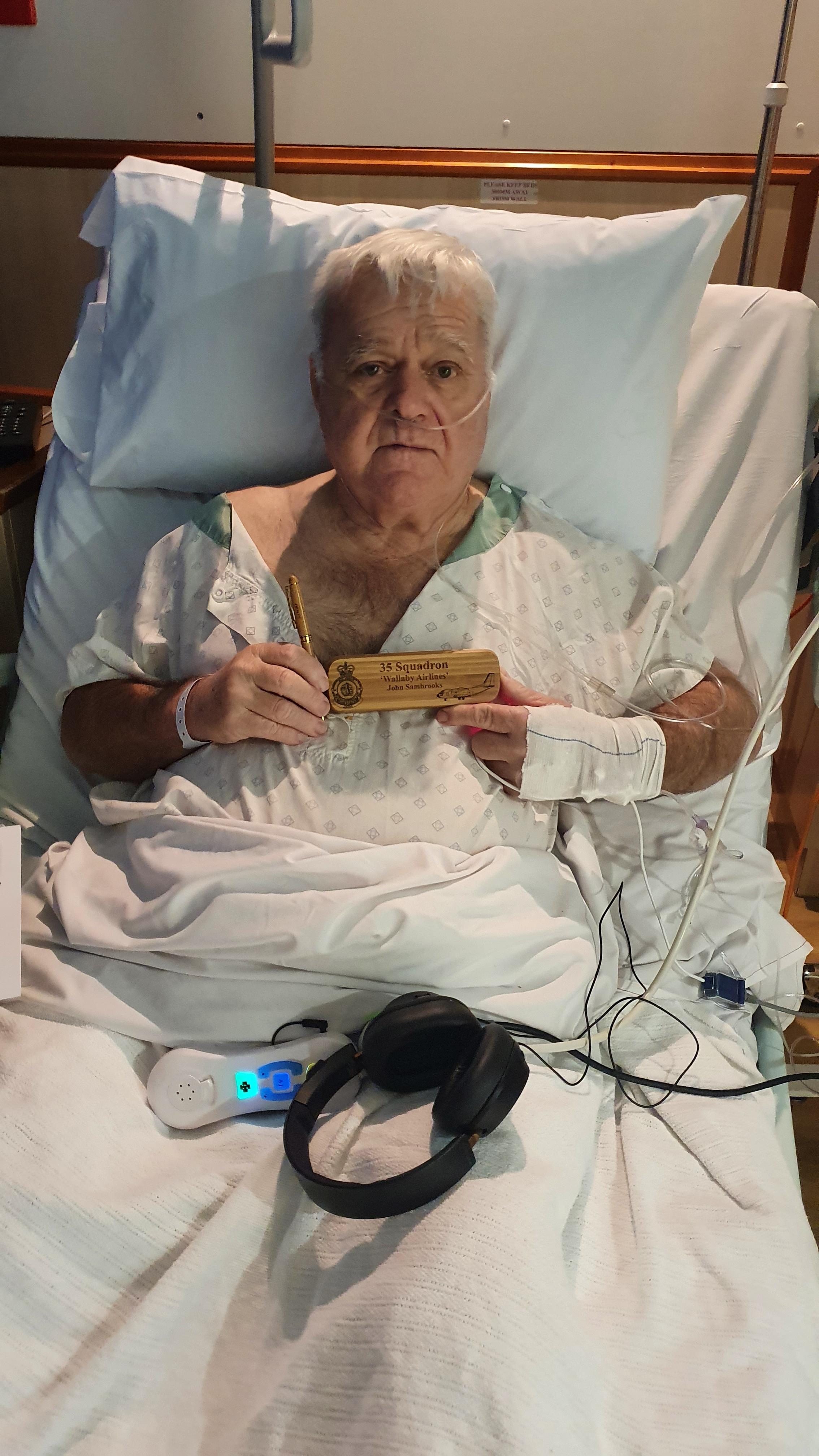


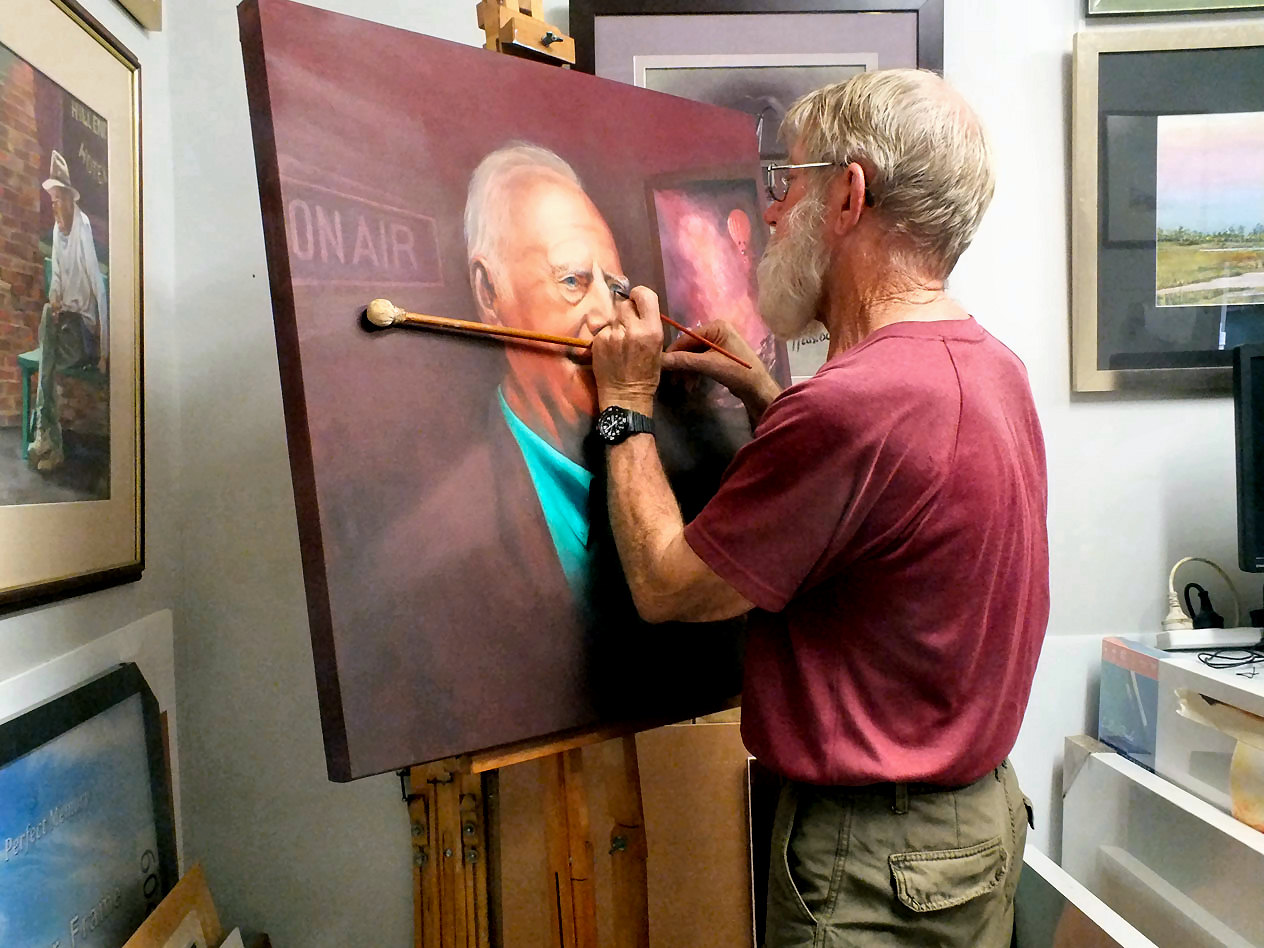
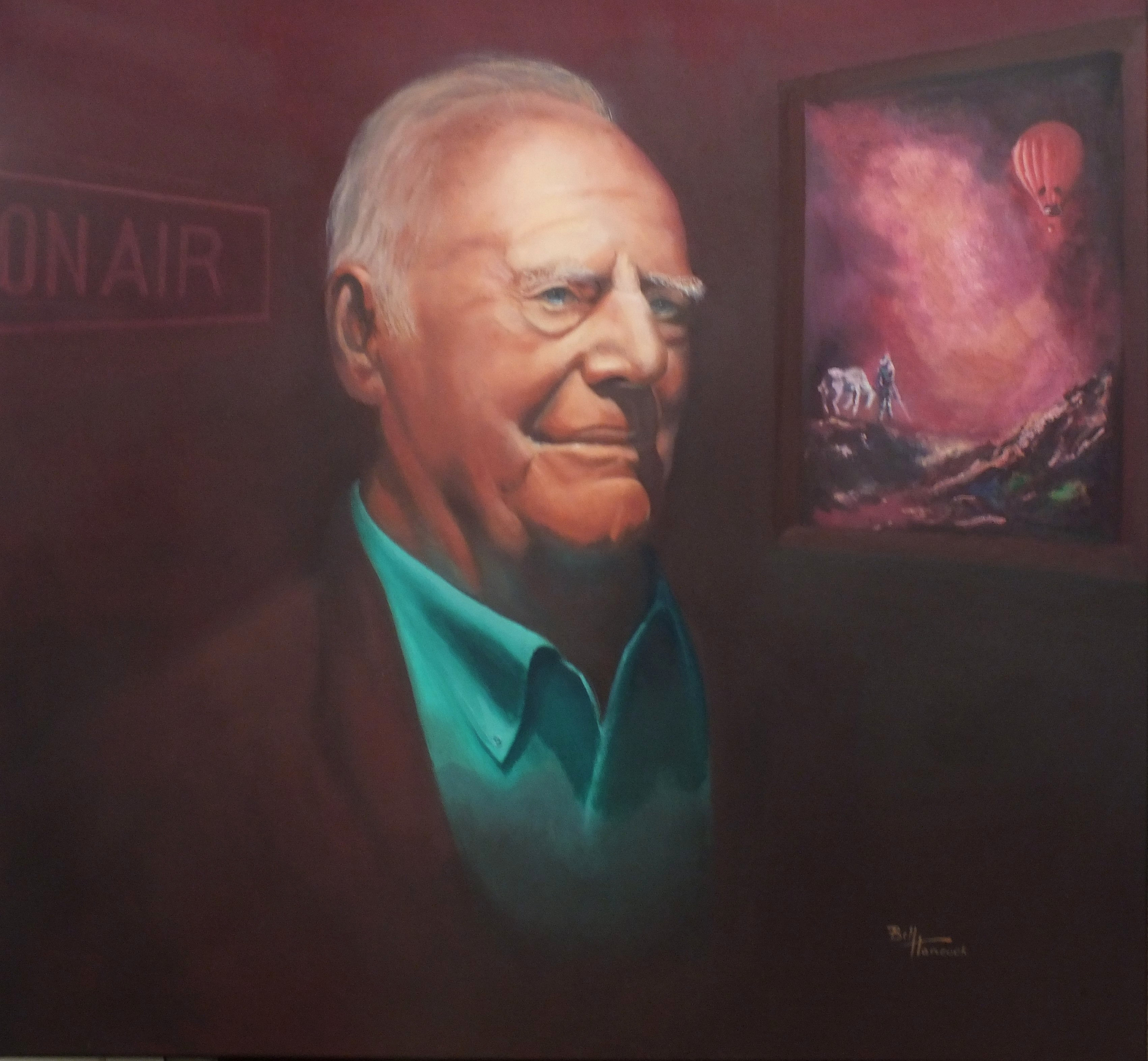
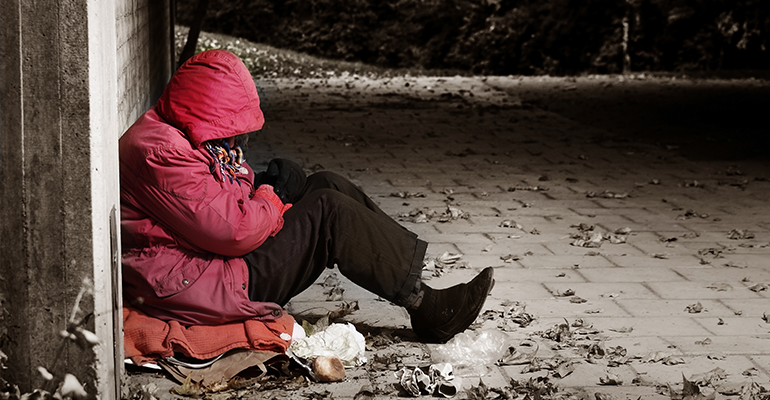
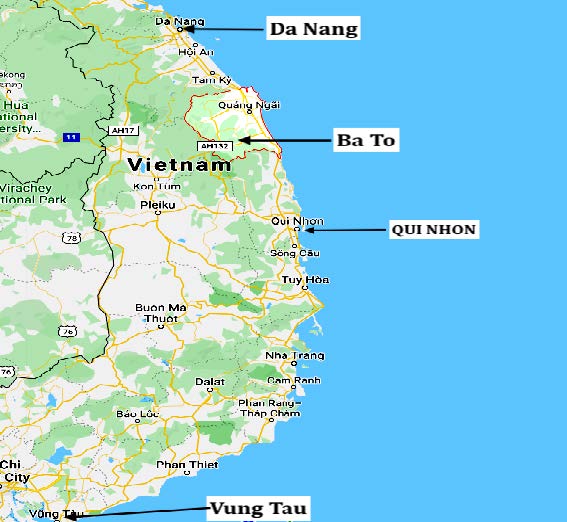
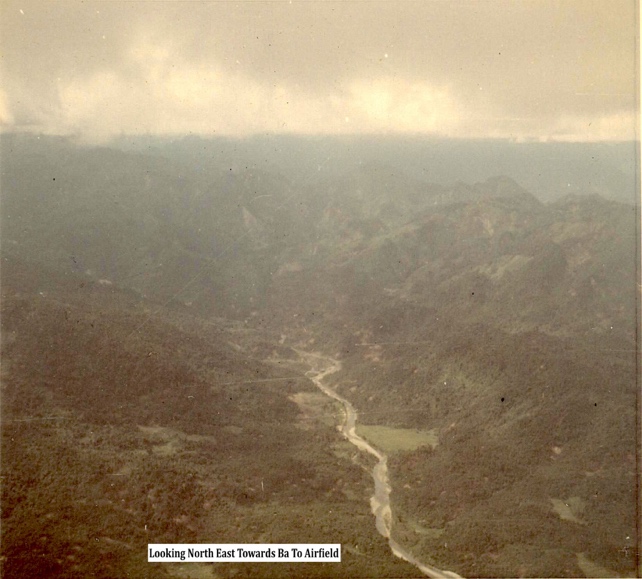
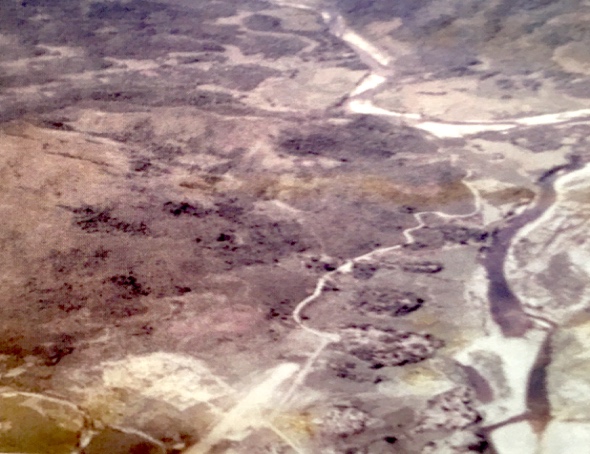
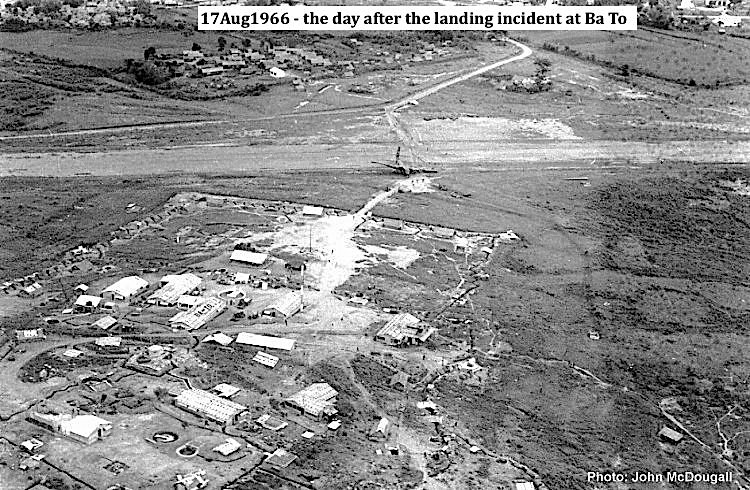
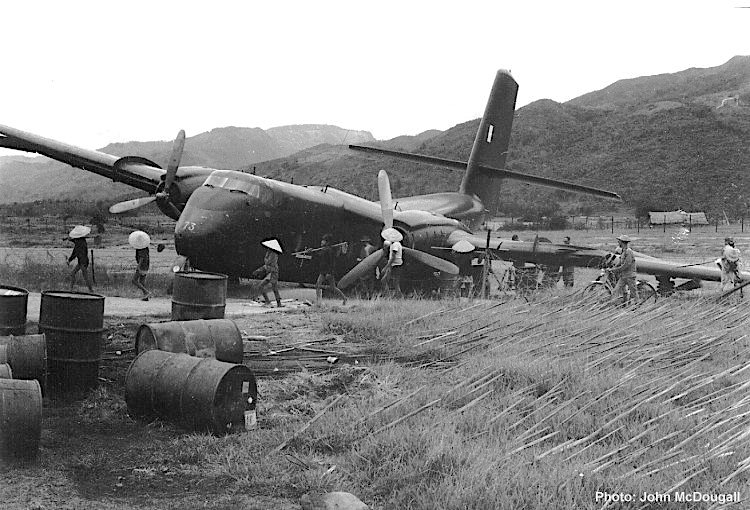
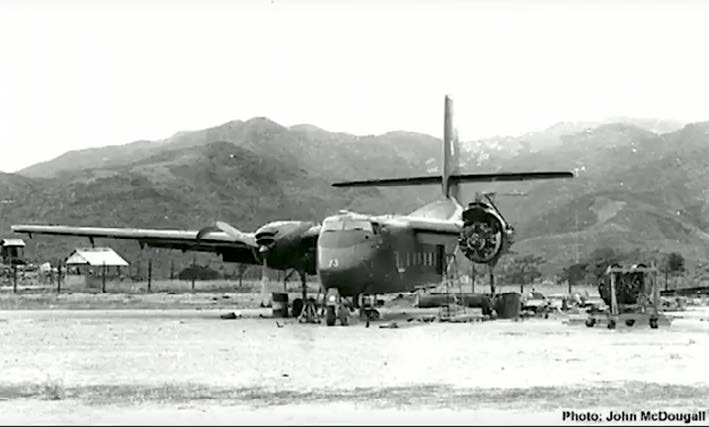
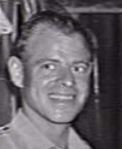 Caribou could be flown out. As well as the nosewheel, in order make A4-173
flyable it would be necessary for the team to repair or change the port wing,
flaps, ailerons, engine, propeller and undercarriage. The essential spares for
this work were not available through normal logistic channels so, the big
scrounge began. Sergeant Eric Allen (Right), an equipment assistant back at Vung
Tau, managed to ensure the replacement parts were obtained. The resourcefulness
and initiative shown by this airman were to earn him a mention in despatches.
The first priority was to clear A4-173 from the runway so that normal air
operations into and out of Ba To could resume. The team got to work that
afternoon. They jacked up the nose and cut lengths of timber to shore up the
nosewheel assembly. They then used the jack on the port wing extending it until
full extension then, supporting the wing with sand-bags from the camp bunkers,
they relocated the jack on a wooden platform so the wing could be raised
further. When sufficient height had been reached, they used timber to brace the
damaged undercarriage. Using a US Special Forces truck and lots of manpower, the
aircraft was dragged back across the runway on to the aircraft parking ramp.
Caribou could be flown out. As well as the nosewheel, in order make A4-173
flyable it would be necessary for the team to repair or change the port wing,
flaps, ailerons, engine, propeller and undercarriage. The essential spares for
this work were not available through normal logistic channels so, the big
scrounge began. Sergeant Eric Allen (Right), an equipment assistant back at Vung
Tau, managed to ensure the replacement parts were obtained. The resourcefulness
and initiative shown by this airman were to earn him a mention in despatches.
The first priority was to clear A4-173 from the runway so that normal air
operations into and out of Ba To could resume. The team got to work that
afternoon. They jacked up the nose and cut lengths of timber to shore up the
nosewheel assembly. They then used the jack on the port wing extending it until
full extension then, supporting the wing with sand-bags from the camp bunkers,
they relocated the jack on a wooden platform so the wing could be raised
further. When sufficient height had been reached, they used timber to brace the
damaged undercarriage. Using a US Special Forces truck and lots of manpower, the
aircraft was dragged back across the runway on to the aircraft parking ramp.
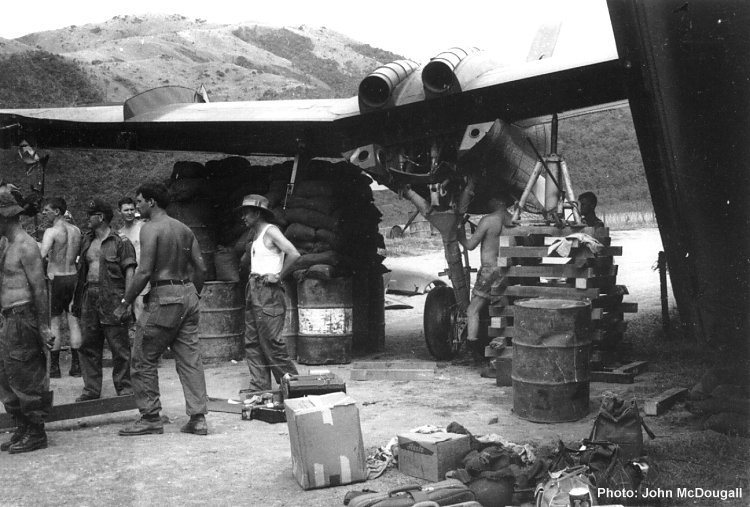
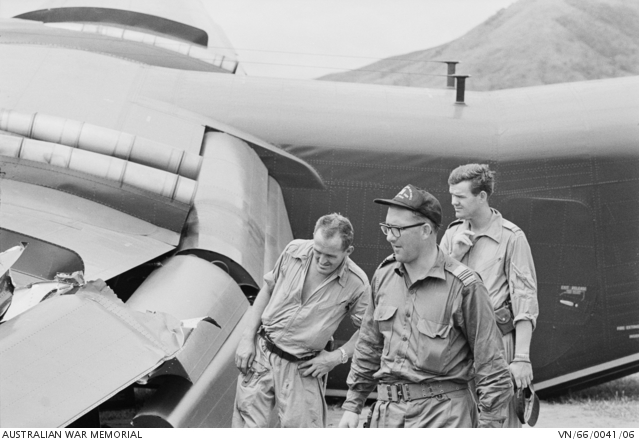
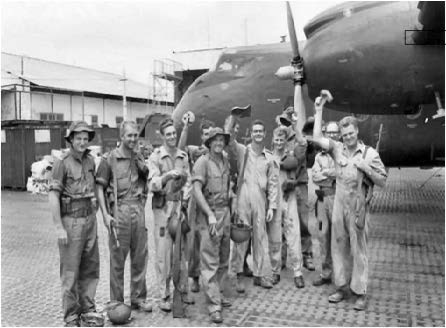
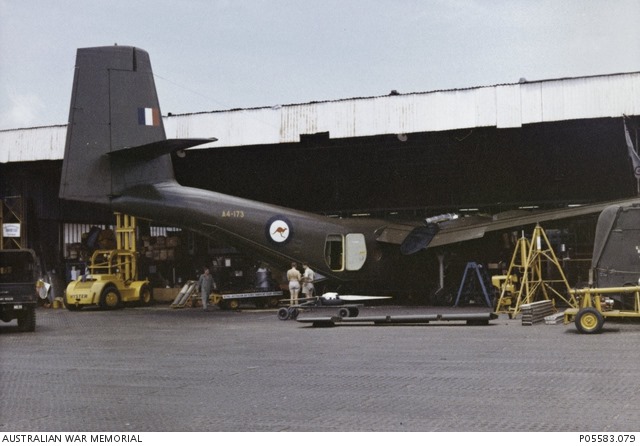

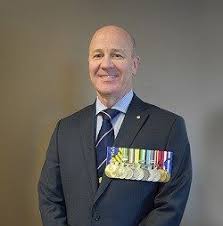 interest. It is in all members’ best interest to have clear instructions left
with their next of kin (NOK). DVA can provide a
interest. It is in all members’ best interest to have clear instructions left
with their next of kin (NOK). DVA can provide a 